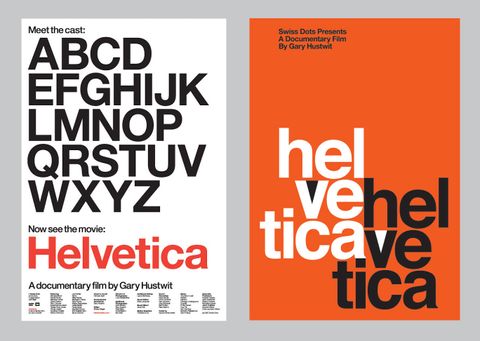

But don’t be fooled strong readers love the graphic novel as well. If a reader gets snagged on the vocabulary or storyline of a graphic novel, illustrated pages offer contextual cues to help decipher meaning. The brilliant thing about the graphic novel is the way they offer dyslexic readers several different cues to the story. I love to witness how graphic novels allow everyone in the class to develop a passionate reading identity. Since everyone can read graphic novels, everyone can talk about them. They invite all levels of readers into reading conversations. In our fifth grade class library, graphic novels are the grand equalizers. Recently, the popularity of graphic novels has noticeably grown, and publishers have responded with a profusion of options for readers of all ages. They are the books with the tattered covers crowding the “hold” shelf and the books that generate the longest wait lists.

Graphic Novels Welcome Everyone Into the Reading Conversation By Kyle Redford, YCDC Education EditorĮvery teacher and librarian has witnessed the universal appeal of the graphic novel.
#Comic neue dyslexia Offline
This range of methods helped to capture much of the depth and complexity of the students’ online and offline interactions with each other and with Facebook as they contributed to the group and co-constructed their Facebook page. This enabled the use of multiple mixed methods including participant-observation, interviews, video, dynamic screen capture and protocol analysis.

An innovative, flexible, experiential methodology combining action research and case study with an ethnographic approach was devised. Through a project in which teacher-researcher and student-participants co-constructed a Facebook group page about the students’ scaffolded research into dyslexia, the study examines the educational affordances of a digitally-mediated social network. This is a study of the use of Facebook as an educational resource by five dyslexic students at a Sixth Form College in north-west England.


 0 kommentar(er)
0 kommentar(er)
